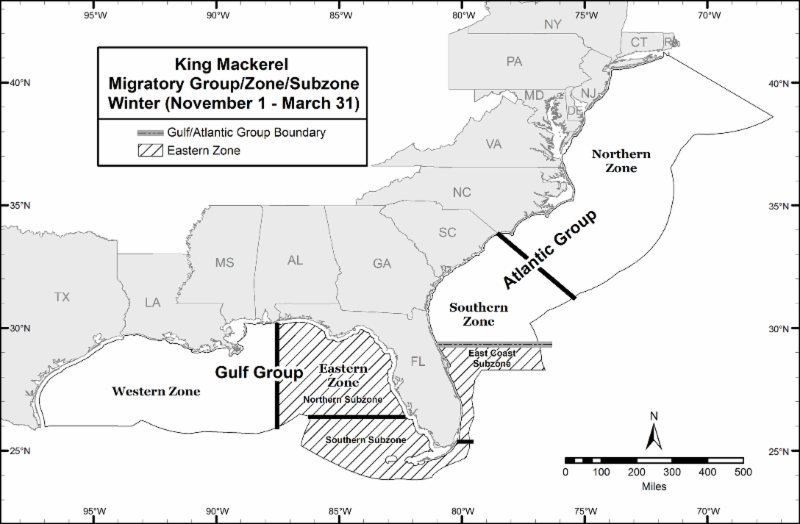February 28, 2017 — The following was released by the Virginia Institute of Marine Science:
A new analysis of population trends among coastal sharks of the southeast U.S. shows that all but one of the 7 species studied are increasing in abundance. The gains follow enactment of fishing regulations in the early 1990s after decades of declining shark numbers.
Scientists estimate that over-fishing of sharks along the southeast U.S. coast—which began in earnest following the release of Jaws in 1975 and continued through the 1980s—had reduced populations by 60-99% compared to un-fished levels. In response, NOAA’s National Marine Fishery Service in 1993 enacted a management plan for shark fisheries that limited both commercial and recreational landings.
Now, says lead scientist Cassidy Peterson, a graduate student at William & Mary’s Virginia Institute of Marine Science, “We’ve shown that after over two decades of management measures, coastal shark populations are finally starting to recover and reclaim their position as top predators, or regulators of their ecosystem. Our research suggests we can begin to shift away from the era of ‘doom and gloom’ regarding shark status in the United States.”
Joining Peterson in the study, published in the latest issue of Fish and Fisheries, were VIMS professor Rob Latour, Carolyn Belcher of the Georgia Department of Natural Resources, Dana Bethea and William Driggers III of NOAA’s Southeast Fisheries Science Center, and Bryan Frazier of the South Carolina Department of Natural Resources.
he researchers say their study based on modeling of combined data from 6 different scientific surveys conducted along the US East Coast and in the Gulf of Mexico between 1975 and 2014 provides a more accurate and optimistic outlook than previous studies based on commercial fishery landings or surveys in a single location.
“Data from shark long-lining operations or shark bycatch can be suspect,” says Peterson, “because what looks like a change in abundance might instead be due to changes in fishing gear, target species, market forces, or other factors.”
Research surveys are scientifically designed to remove these biases. Survey crews purposefully sample a random grid rather than visiting known shark hot spots, and strive to use the exact same gear and methods year after year to ensure consistency in their results.
But even with these safeguards, data from a single survey often aren’t enough to capture population trends for an entire shark species, whose members may occupy diverse habitats and migrate to different and far-flung areas depending on age and sex.
Read the full report at the Virginia Institute of Marine Science

